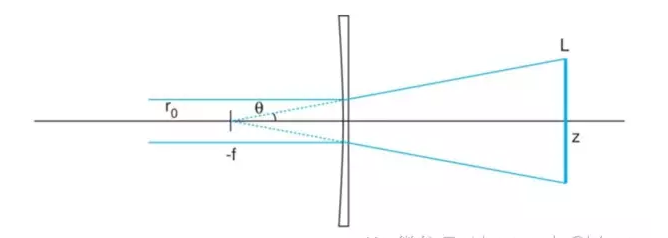One:Connection request
In order to ensure that optical instruments are false, some require the quality of light, and the connection between optical components and mechanical is as follows
1) The relative position between the optical parts and the mechanical parts should be accurate. A lens optical system should be used to ensure the accurate distance between lenses and lenses. And as a component made of non-circular optical systems, optical components should be asked of a working face with mechanical components on a point, line, or face the relative position between the right.
2)It is easy to assemble, adjust, and ensure the strong, stable and reliable connection.
3)It will not lead to the distortion of optical components or the production of large internal stresses, which will not alter the performance of optical components.
4)The SS ensures that when the temperature of the environment changes, the internal stresses resulting from the connection and optical components are minimized, which will not affect the performance of the optical components.
5)Cleaning of optical components do not affect the light road and the area of the light.

Two:The connection of optical components
Round
optical components include lenses, splitters, filters, mirrors and protective glass. Common connections for rolling edge, compression ring, elastic press, electroplating, cementing and so on.
1.The connection of rolling edge
The connection of rolling edge is unbroken and the connection structure is shown in figure 13.35. Its structure is simple, compact, light area of effect is very small, but the connection may occur a phenomenon that the tilt and pressure are uneven, aberration goes bad and affect the imaging quality, for larger diameter circular optical components is more serious. As a result, this type of connection structure is usually used for less demanding, smaller sizes.
2.The connection of compression ring
The compression ring connection is detachable. This connection is convenient for assembly and adjustment, if necessary, add elastic space ring, can make the pressure force is uniformly distributed on the optical components, and can reduce the influence of temperature on the compression force. This connection is suitable for the larger, more demanding round optical components.
3. The connection of elastic press
The elastic press connection is removable. The spring card ring is usually only used for optical components that are not high in alignment and solidity. Such as protecting glass and filter glass, the elastic press is used to press the larger optical components.
4. The connection of electroplating, which belongs to the unbroken connection, is used electroplating method to plate copper in the end of the frame, blocking the optical components. The optical components in the electroplating connection are not compressive, only for the connection of small diameter optical components.
5. The connection of cementing
When the copper plated connection is converted to the bonding agent, it becomes the glue joint. There is also no compaction on the optical components.
Three:The connection of non-circular optical components
Non-circular optical components include prisms, reflectors, glass and protective glass. The structural design requirements for non-circular optical components are essentially the same as the circular optical components.
Four:The basic principle of the connecting structure in the instrument:
Hyperion Optics introduces the basic principle of connecting structure in the instrument:
1)To ensure the strength and accuracy of the instrument
2)To ensure the reliability of the components under use;
3)In order to simplify the structure, it should be possible to use an undetachable connection
4)Components that need to be adjusted, repaired and replaced should be detachable
5)When there is a number of connections in the part, it is usually necessary to have an undetachable connection for the components or the internal components that are first assembled: the components or the external components that are attached are disassembled
6)Ensure that the components and connections of first and later assembly will not affect each other.
7)Ensure that the components are not deformed or are the least deformed
8) Fewer specifications are better to use connections, don’t use the fine thread connections as possible.


 Call us on:
Call us on:  Email us:
Email us:  R&D Center: Aoti Street #68 Building 4A 405 International R&D park, Nanjing
R&D Center: Aoti Street #68 Building 4A 405 International R&D park, Nanjing









 English
English  cn
cn  de
de  es
es  fr
fr 


